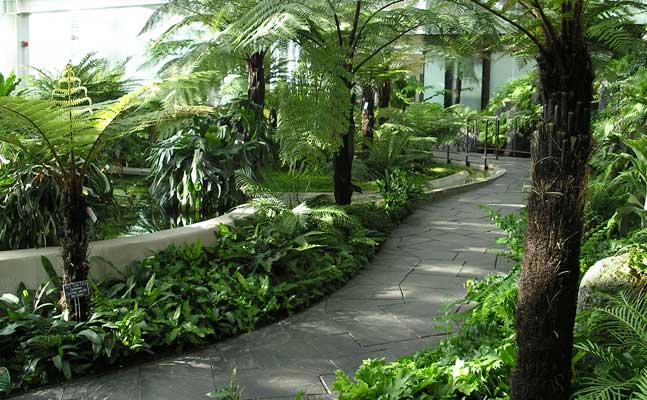
Plant Sciences 211, Fall 2010
North Dakota State University
Home | Features | References

The Fern Room
As you step into the McNeely Conservatory Fern Room, you step into a misty steam of warmth. This room is the home to more than 100 different fern species, and a small waterfall and pond. Ferns are one of the oldest types of plants that still exist. Therefore, an entire garden room is dedicated to this ancient plant group.
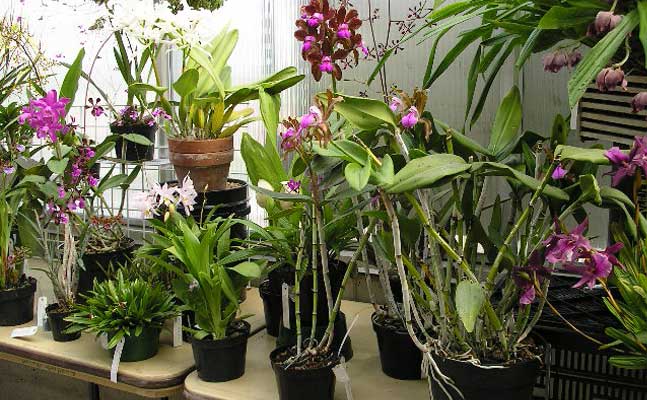
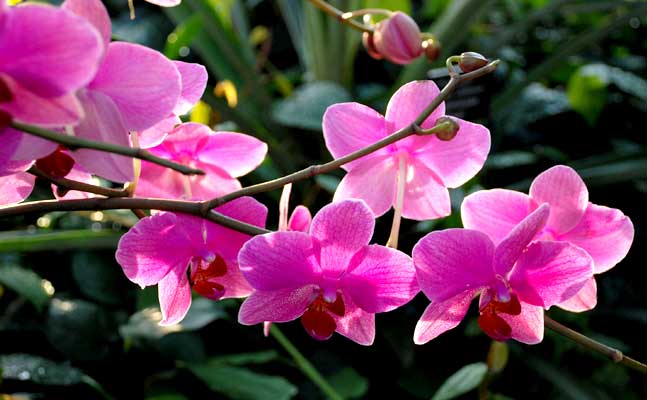
The Orchid House
Although you can find some orchids elsewhere in the conservatory, the Orchid House is the main area to find them. There are countless different types of orchids on display here ranging from normal to very unique species. The display is called the neo-tropical Orchid Conservation Collection. A fun fact about orchids in general is that the number of species of orchids is double that of the number of bird species.
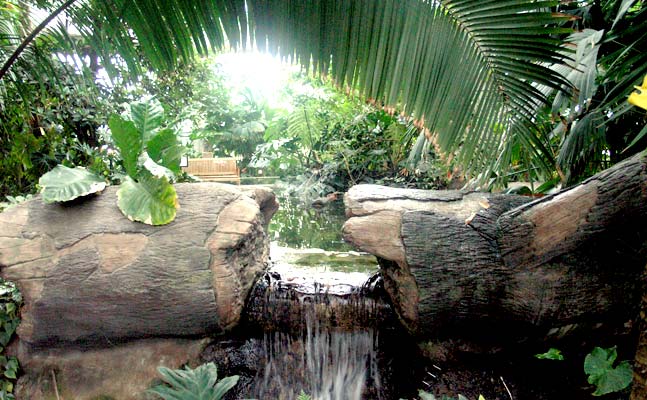
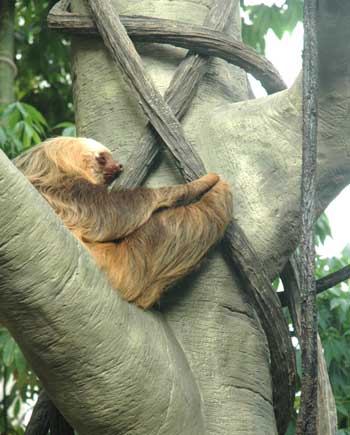
Tropical Encounters
The newest exhibit at the Conservatory, Tropical Encounters, boasts a wide variety of rainforest trees and plants. Examples of some trees include annatto (used to make yellow food coloring), mahogany, balsa (used to make wood for many models), and peach palm. Along with the trees, the exhibit presents flowers found in rainforests such as bromeliads and orchids. This 2.1 million dollar room is the only garden in the conservatory that incorporates animal life into the equation. Turtles, frogs, birds, and best of all, an adorable sloth named Chloe roam around this exhibit freely.
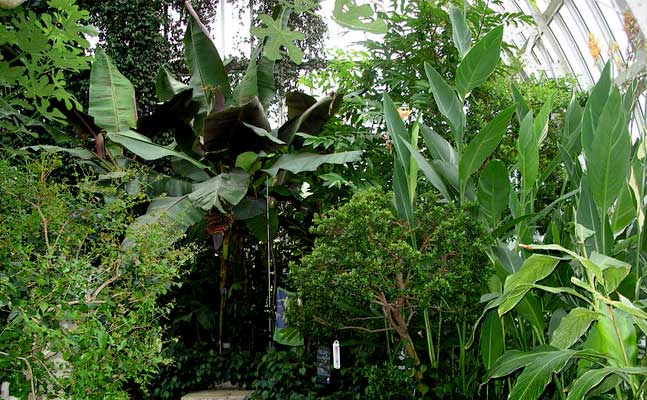
The North Garden
The North Garden is a room with many fruit producing plants. Here, many people discover where some of their favorite foods come from. My favorite foods from this room are definitely chocolate and pomegranates, but other food plants here are papayas, figs, coffee, and bananas. For some of the trees to bear fruit, the gardeners need to pollinate them by hand because none of the pollinators found in their natural homes such as bats or bees are in this indoor garden.